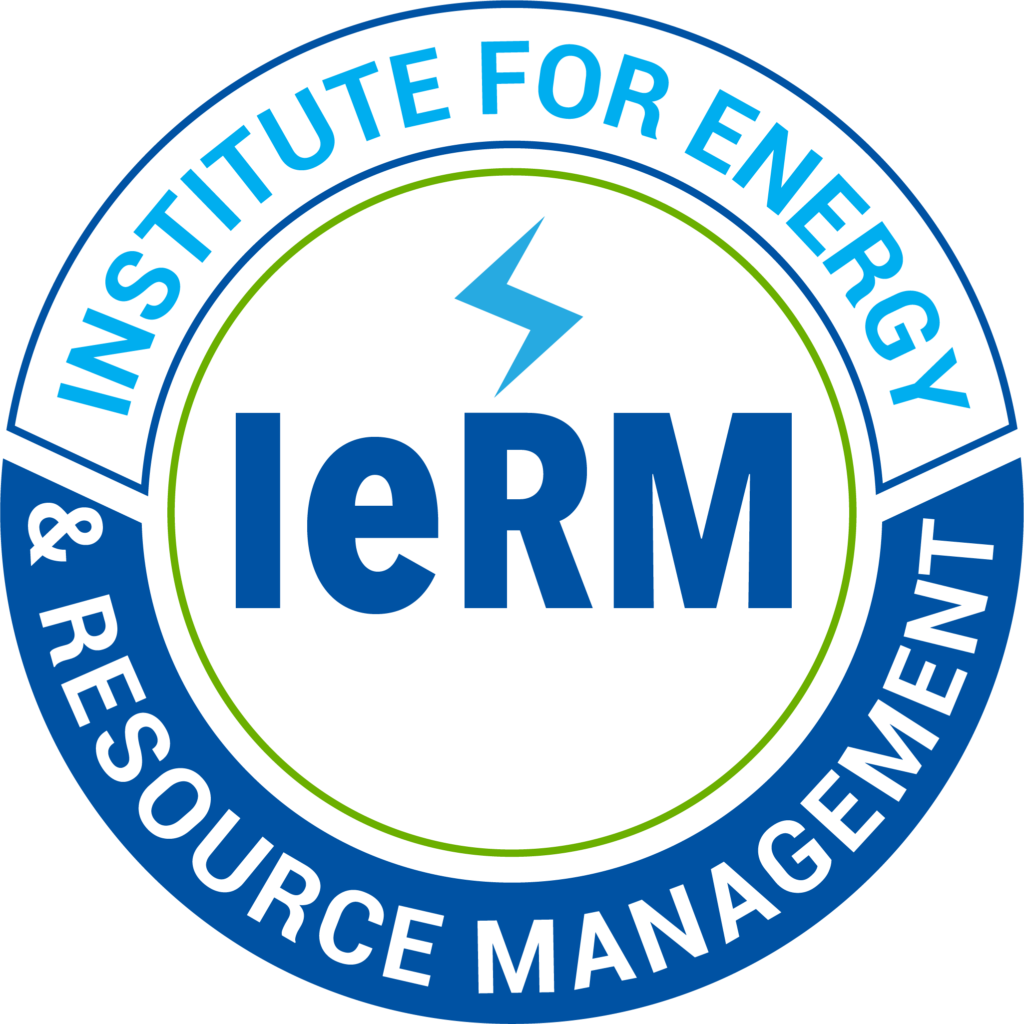With Philipp Schmidt-Pathmann
Hey, everybody – Philipp here, and today we’re going to talk about recycling all those plastic containers that seem to be everywhere today.
First of all, let’s do the basics. Plastic is a compound known as a hydrocarbon – that is, a combination of carbon and hydrogen atoms, arranged in long chains. It doesn’t occur naturally but is made from petroleum. After a long and energy-intensive process, hydrocarbon molecules are separated out by size, based on the number of carbon atoms in the molecule. A further process, called polymerization, produces resins that are used to produce plastics.
Plastics have many advantages for industry. They are lightweight, compared to glass and metals. They can be formed into virtually any shape, and made hard or pliable, clear or colorful, with additives and dyes. As you probably know, there are many different types of plastic. The most common types are identified with a number from one to seven inside a triangle of arrows stamped into the product.
Although the arrows seem to indicate that all seven types can be recycled, this is not the case. The numbers merely indicate the general chemical composition of the plastic. Let’s take a closer look.
Water bottles make up the majority of containers labeled #1. They can be easily pelletized and made into new water bottles, making them very good candidates for recycling. Similarly, containers labeled #2, primarily milk jugs, laundry detergent jugs, and the like, because of their higher density, can be recycled up to ten times. The remainder (labeled 3 through 7) are not good candidates for recycling, for various reasons, and, even if placed in your recycling bin, will end up in the landfill.
As we discussed in previous blogs, the success of a recycling program depends on two factors: a clean and uncontaminated supply of material, and an economic advantage over the production of new material. Since virtually all recyclable collection in the US is commingled, it must be sorted and separated before any recycling can be done. This is done at material recovery facilities, or MRFs. Most US MRFs lack the capability to sort plastics at the level required by the end users, so even the materials labeled 1 and 2 may end up being landfilled as well.
As you can guess from reading this, very little plastic gets recycled in the US – about 10%, according to industry experts. So why do we spend so much effort at separating and sorting it? Good question, which we’ll talk about in the next blog. Until then, keep on talkin’ trash!




